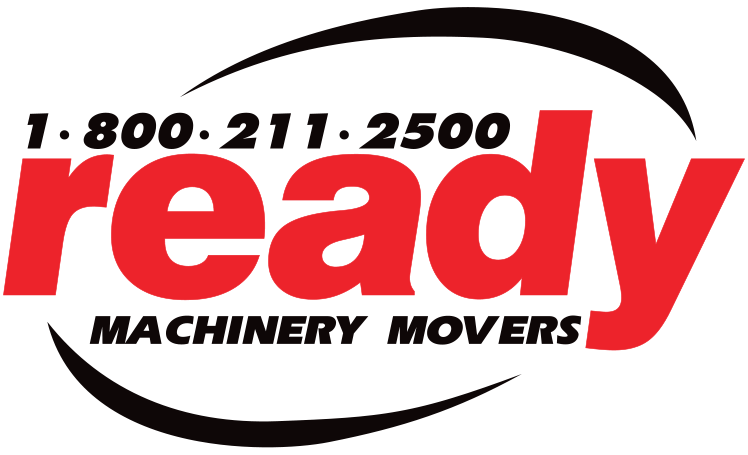Moving machinery can be one of the most stressful jobs for plant managers. Whether it’s down the road or overseas, here are 4 things to keep in mind when exporting machinery.

Use a Reputable Mover
Exporting machinery isn’t something you want to DIY, and going for the cheapest option isn’t always the best either. We specialize in logistics and the facilitation of moving machinery; we have the specific equipment and knowledge to get the job done.
Remember, the deal must include shipping rates as part of the price or an additional cost.
Have Your Paperwork in Order
There are many logistics behind moving machinery, including legal and export/import requirements.
Legal Requirements
Different countries and regions have licensing requirements. The first step is classifying your equipment to determine your necessary licensing. You’ll also need supporting technical documents about the equipment, end-users, and end-uses. At the end of this process, which we’ll be able to help with, you’ll receive a licensing number to use on your export documentation.
Import and Export Requirements
Importing and exporting are two sides of the same coin, but when transporting between countries, ensure you have everything you need to export from one country and import to another. Some of the most common documents required include:
- Insurance certificate
- Bill of Landing
- Certificate manufacturer
- Certificate of origin
- Dock receipts
- Inspection certificates
- Electronic Export Information
- Terms of payment, terms of delivery, and the purchase invoice from your mover
You may need only some of these, all of these, or some documents that we haven’t listed here. Fortunately, our knowledgeable workers can help you figure out what you do and don’t need.
Put Care into Prepping Machinery for Moving
There’s a lot to do to ensure your machines are ready and safe to move to their new location. First, double-check the manual; some machines require disassembly before moving. Furthermore, securing large, loose, and vulnerable is also a good idea. These parts can move around and get damaged during transport, so ensure they’re strapped down or detached.
Thirdly, remove all liquids from your machine. They can cause damage if exposed to extreme temperatures. Removing fluids is essential if transporting via truck! Liquid can cause spillage on roads, possibly causing an accident.
Before and After Inspections
Inspections often get overlooked, but they are essential to the process. Before and after inspections can save you a lot of grief; nothing is worse than starting your equipment for the first time and finding out it’s been damaged in transport.
Before inspections are crucial since inspection documents are sometimes required to export. Additionally, it’s a good idea to take photographs of equipment before relocation. These pictures can serve as proof if the machine gets damaged in transport.
Plan Ahead
Equipment or machinery relocation is a big job, so going in with a plan is crucial. First, calculate a budget you can use to compare quotes and ensure you’re being charged appropriately.
Secondly, devising a schedule keeps transportation running smoothly. You’ll need to schedule staff to be onsite during pick-up and drop-offs, but you’ll also need to adjust production schedules to keep suppliers, buyers, and clients in the loop.
Doing a risk assessment is also important; acknowledging potential hazards is one of the better ways to avoid them.
Lastly, create a strategy for communication between you, your staff, and the moving company. Moving equipment can be stressful; you’ll be grateful to have someone to talk to about your concerns before or during the move.
